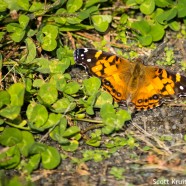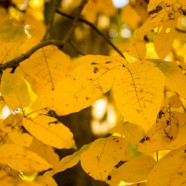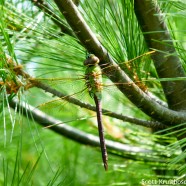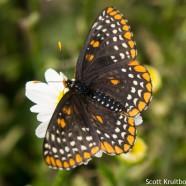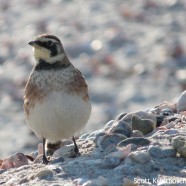American Lady (Vanessa virginiensis)
Monarchs are not the only butterflies to see as we enter late October. I photographed this American Lady (Vanessa virginiensis) this week while it was soaking up some sun and staying low on a breezy day. The tiny white spots in the middle of the seasonal orange on the postmedian parts of the forewing help to identify it as American instead of Painted. Scott Kruitbosch Conservation & Outreach Coordinator
Read MoreGolden October days
We hope you all have a sensational weekend and enjoy the October sights! These golden moments were captured several hours ago. What are your plans outdoors?
Read MoreCommon Green Darners still moving
After a scorching day on Tuesday (OK, in relative mid-October temperature terms) with highs into the 80s in Western New York it is a good time to remember there are still some dragonflies migrating through our region and they are active on such cooperative days. Common Green Darners (Anax junius) are on the move and may represent some of the last green you see this year…or maybe not if they are resting or warming in pine trees like this one. What a summer feel!
Read MoreHalloween butterfly
The Baltimore Checkerspot (Euphydryas phaeton) will not be seen again until next year but it has such bold and seasonal colors, doesn’t it? This butterfly was built for Halloween. Every part of it has some orange and black to show off! This individual was in the gardens at RTPI in July.
Read MoreHorned Lark (Eremophila alpestris)
The Horned Lark (Eremophila alpestris) is a species of open areas – the tundra, grasslands, fields, beaches and dunes and even the desert. Unsurprisingly they feed on the ground on insects and seeds and often take advantage of human activity disturbing areas such as mowed airports or piles of plowed earth or snow that expose more food. When it comes to the winter you will find them wherever it is the most bare. You can frequently spot them with Snow Buntings and, more rarely, the Lapland Longspur. They are also another species decreasing across much of their range and are listed as...
Read More



